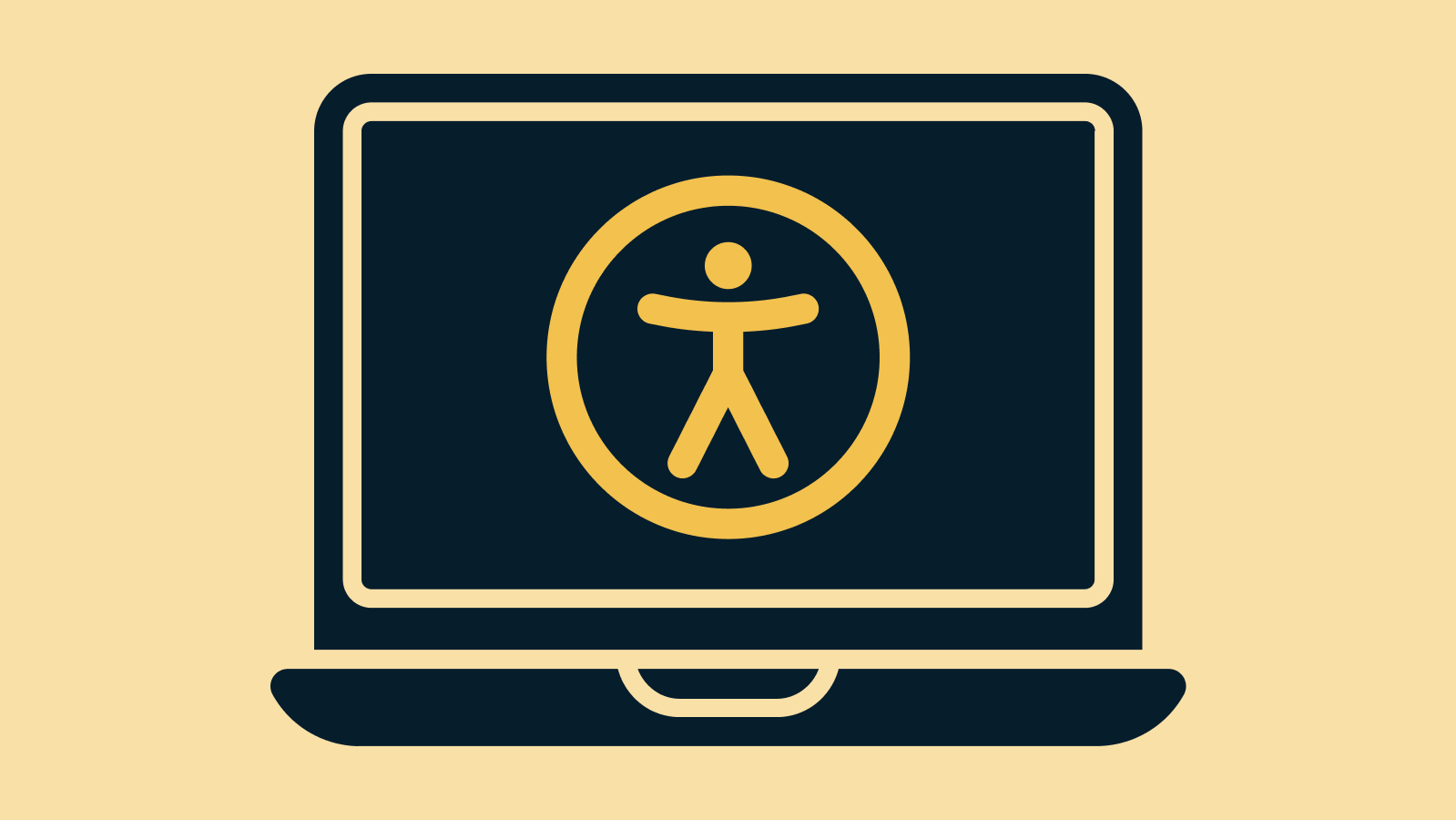Web accessibility: why it matters and how to improve it on your site
Author: Milos Zekovic
In my daily work, web accessibility (a11y) has become one of the key topics because I believe every user deserves equal access to content, regardless of physical or cognitive abilities.

In my daily work, web accessibility (a11y) has become one of the key topics because I believe every user deserves equal access to content, regardless of physical or cognitive abilities.
Accessibility is not just a law, it’s a responsibility to people
In the United States, under Section 508 of the Rehabilitation Act, federal institutions are required to ensure accessibility of their websites. In addition, the Americans with Disabilities Act (ADA) increasingly covers digital content, including the private sector.
In the EU, Directive 2016/2102 requires that websites and applications of public institutions comply with the WCAG 2.1 AA standard. The European Accessibility Act, coming into force in mid-2025, expands these requirements to certain digital products in the private sector.
Practical examples of good accessibility
1. Accessible navigation
All page elements must be accessible and logically arranged for users who rely on a keyboard. This is a basic prerequisite for fair and inclusive accessibility.
2. Alt text for images and graphics
Users with visual impairments need image descriptions through the alt attribute so screen readers can interpret visual content. For complex charts, it’s important to add a clear textual description of the displayed data.
3. Good color contrast
Clear contrast between background and text significantly improves readability for users with low vision. Using the aria-live attribute allows users to be notified of content changes in real time.
4. Captions and sound control for video
Adding captions and sound controls makes video content accessible to users with hearing impairments, while screen readers can read captions for users with visual impairments.
5. ARIA attributes for dynamic elements
Attributes such as aria-expanded, aria-controls, and aria-live enhance the interactivity and accessibility of menus, modal windows, and other dynamically changing elements.
6. Adaptability when text is enlarged
When a user zooms in on content (e.g., 200%), the text must remain readable and visible, without overlap or content loss.
7. Line height and text spacing
According to WCAG 2.1 guidelines, line spacing should be at least 1.5x the font size, making text easier to read for everyone.
Conclusion
Web accessibility is not an optional add-on. It is the responsibility of all of us who build the internet. Every user matters.
If your website is still not optimized for all users, now is the right time to change that, not only because the law requires it, but because it’s the right thing to do.
Want to check how accessible your website really is?
Contact me and we’ll perform a detailed audit with concrete recommendations, so your website is inclusive, compliant with standards, and ready for the future.
